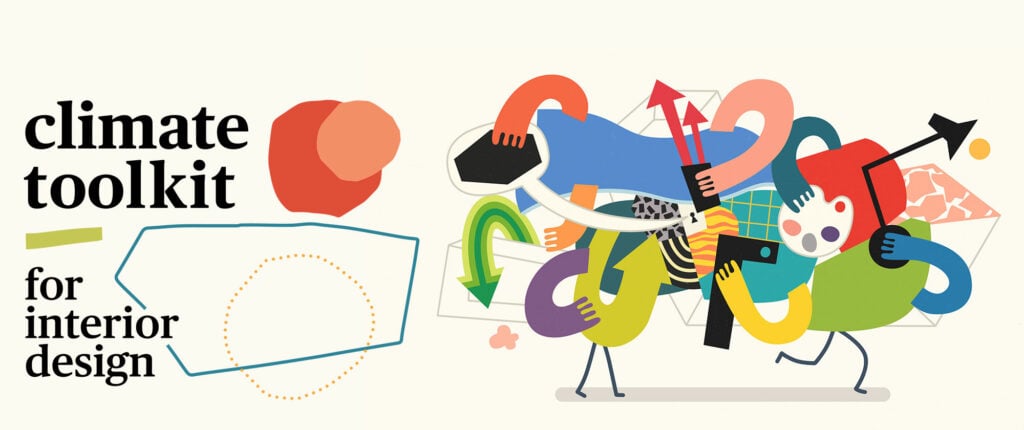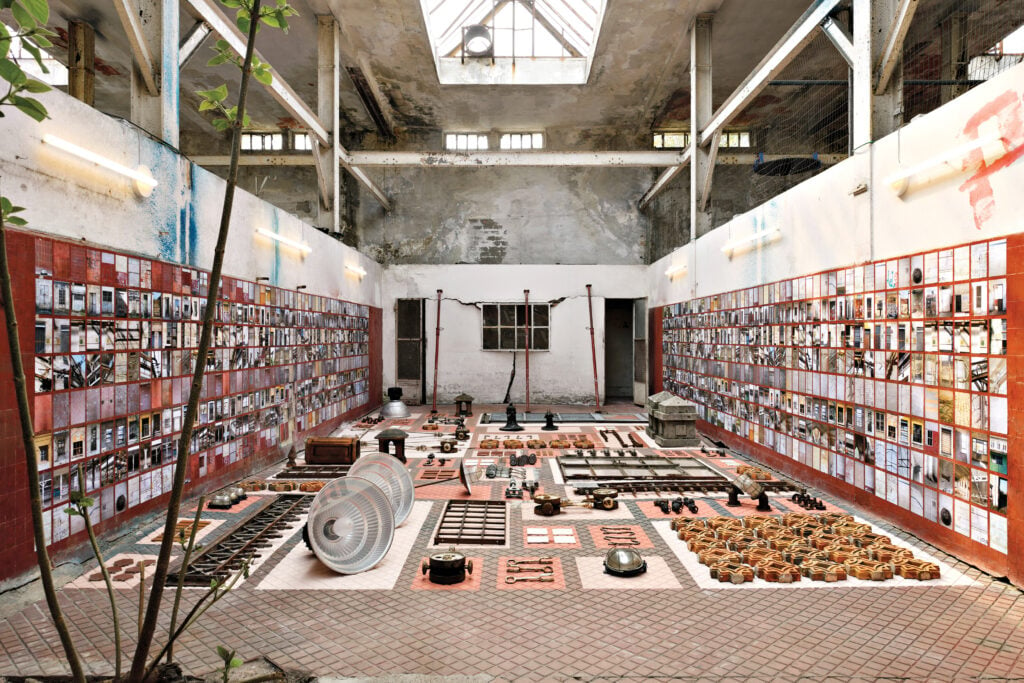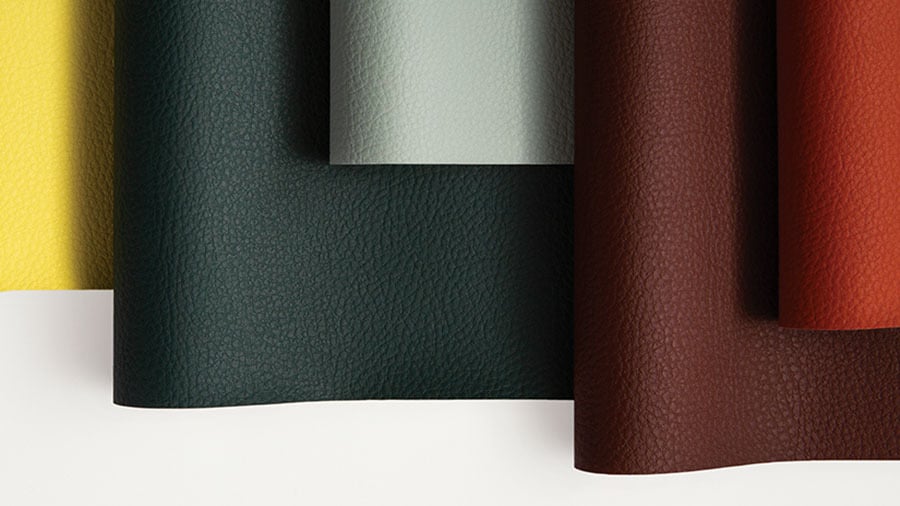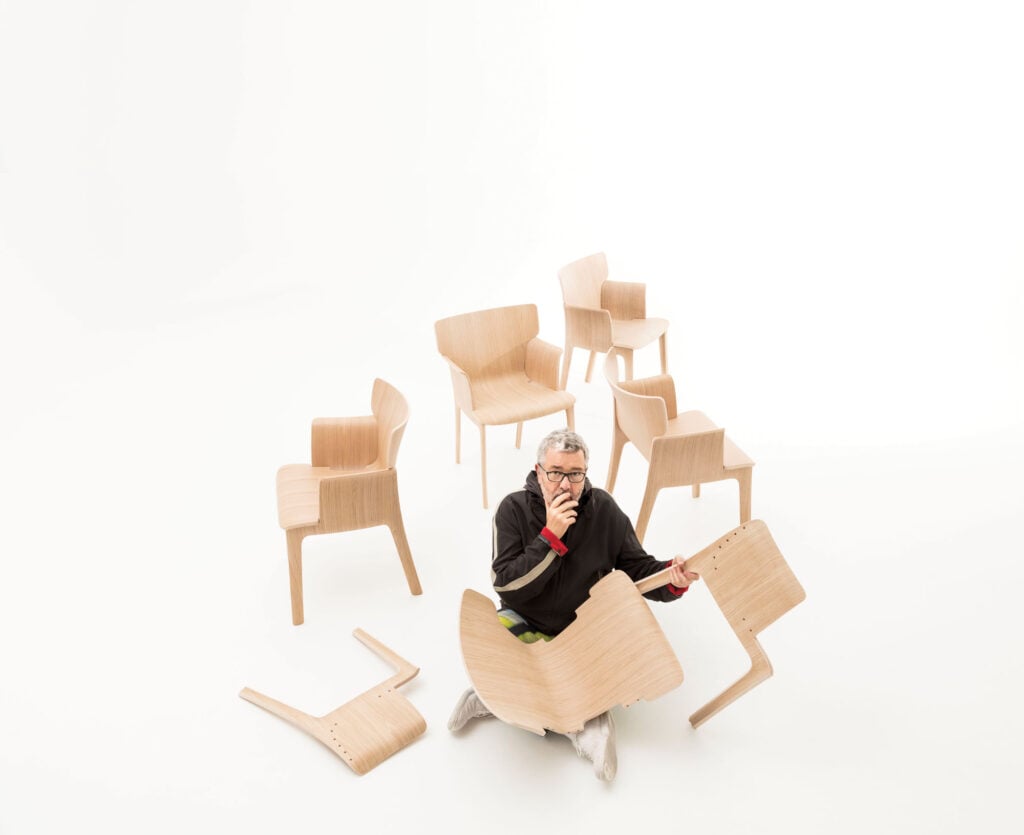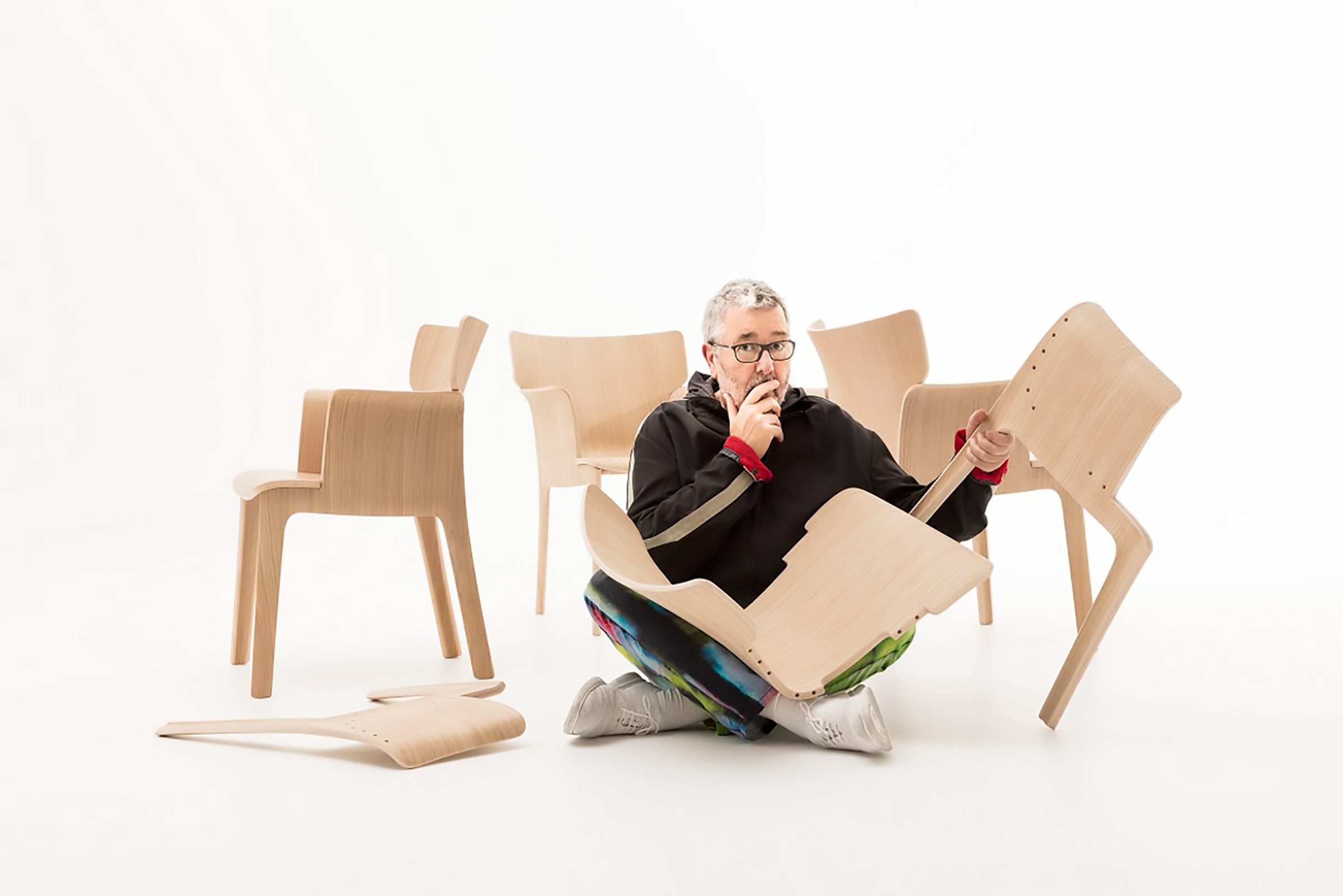
June 7, 2024
A Guide to Circularity in Products for Buildings and Interiors
Circular Design 101
Circular design focuses on extending the useful life of a material or a product, and learning how to repurpose and reuse the product that would otherwise end up as waste. So, how can we uphold circular design? For one, our Climate Toolkit contains expanded guidance on carbon hot spots and circular design strategies courtesy of sustainability and design experts around the United States. Past panels like A Perspective: Sustainability also encourage us to look to a regenerative future of architecture and design that outsmarts waste. New York City–based retailers like ZZ Driggs have also developed innovative solutions to rent, restore, and reuse furniture. Meanwhile, METROPOLIS editor in chief Avinash Rajagopal presents ten provocations for circular design that help us rethink how we can pursue circularity architecture amidst the challenges.
Learn more about circular design in the following articles:
Circularity 101
Salvage Superstars
From the Throwbacks Home vintage store in Detroit (a supplier of curated found items for commercial projects) to the CARE (Carbon Avoided Retrofit Estimator) Tool, designed to help architects visualize the climate benefits of reuse, METROPOLIS’s salvage superstars is a special group of pioneers that are paving the way for the rest of us in product circularity. Some of our salvage superstars include Rheaply, a Bay Area–based B2B climate tech company that is bringing ingenuity to the salvage and building-material game, Renovation Angel, a Fairfield, New Jersey–based recycler specializing recycling and repurposing luxury kitchens, high-end appliances, and bath fixtures, and Doors Unhinged, a Pittsburgh company that sources and sells used commercial doors, frames, and hardware. In addition, champions of material reuse like Los Angeles nonprofit ANEW and Cornell Circular Construction Lab also encourage us to shift our thinking regarding product circularity.
Meet our salvage superstars and champions of material reuse:
Salvage Superstars
Rethinking Plastics
Rethinking plastics for a circular economy marks a pivotal shift in the approach to material usage and waste management. Through innovative strategies like material substitution, recyclability optimization, and extended producer responsibility, sustainability designers and manufacturers strive to create a sustainable ecosystem where plastic products are continuously cycled back into the economy. For example, materials manufacturer 3form created the Textures line, a unique textured architectural resin that is made of 100 percent recycled content that is also stunning in its aesthetics and form. Many textile and wallcovering manufacturers have also started using PVC alternatives for products, like Shaw Contract, which introduced a collection of resilient flooring made of postconsumer PET bottles called BottleFloor, and created programs to encourage recycling vinyl material instead of burning it.
Read more about rethinking plastics in the following articles:
Circular Plastics
Specifying Circular Products
Circularity is the ultimate goal for sustainable buildings. To get to a circular economy, we need to embrace incremental progress with the same enthusiasm as quantum leaps. Ideally, architects should build with circular products, materials, and components that become part of, or even food for, future buildings. Over the past couple of years, there has been an ever-growing range of products that celebrate circularity and craftsmanship like Philippe Starck’s plywood chair Adela Rex, and lighting collection TREELINE by lighting producer Stickbulb with Tri-Lox and the New York City Department of Parks and Recreation. In addition, Salone del Mobile Milano also showcased a host of products with renewable, recyclable, and biobased attributes like ABC Tiles by Seastex.
Learn more about circular products in the following articles:
Specifying Circularity
Conclusion
In conclusion, embracing circularity in products and architecture represents a transformative approach to sustainable development. By redesigning products and systems to prioritize reuse, recycling, and regeneration, we can significantly reduce waste and resource consumption. Circularity architecture, which integrates these principles into the fabric of our production and consumption models, fosters innovation and resilience across industries. This holistic framework not only mitigates environmental impact, but also drives economic growth and social well-being by creating sustainable business practices for communities. As we move forward, it is imperative to continue fostering collaboration, investing in research, and advocating for policies that support a circular economy.
Would you like to comment on this article? Send your thoughts to: [email protected]
Other Guides from METROPOLIS
Viewpoints
Exploring the Past and Future of Bio-based Materials
METROPOLIS editors round up our most compelling coverage on healthier materials and bio-based product alternatives for the building industry.
Viewpoints
Navigating the Path to Net Zero
METROPOLIS mines its archives for pioneering perspectives and projects that prove the possibilities of net zero design.
Viewpoints
What Architects and Designers Need to Know About Embodied Carbon
From complex topics such as carbon form to advice on how to specify carbon-neutral furniture, METROPOLIS provides a lay of the land for carbon and design.




